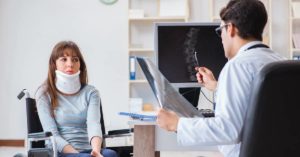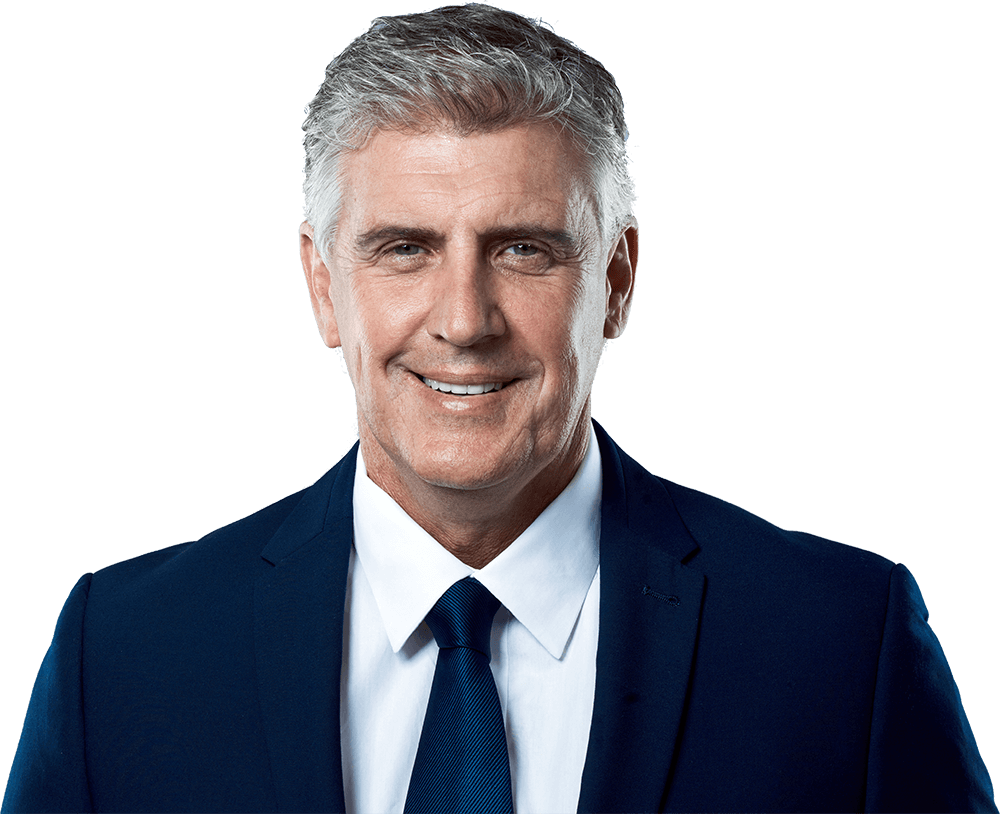One might think that American hospitals would be among the safest work sites in the country. Indeed, with all of those healthcare professionals milling around all day, one would expect safety to be at the forefront of everyone’s mind. Perhaps it is, but statistics don’t “fib.” According to information recently released by the U.S. Department of Labor (DOL), almost 58,000 work-related injuries occurred in 2013, the last year for which such data is complete. That amounts to 6.4 work-related injuries and illnesses per 100 full-time employees, a rate that is twice as high as the overall rate for private industry.
Overexertion appears to be one of the primary issues. Statistics indicate that almost half of all work-related injuries in the healthcare industry were linked to overexertion. Particularly alarming, healthcare workers are almost four times more likely to sustain injury as a result of violence than the average employee in the private sector.
The rising obesity rate is a significant issue in healthcare workers’ injuries. By that, we don’t mean that nurses have put on a few pounds. Rather, patients have become more obese in recent years, and those patients tend to end up in hospitals and nursing home settings where they have to be moved and assisted by the nursing staff.
That extra weight on the backs of healthcare workers is resulting in many more work-related injuries. Not only are their patients becoming more and more obese, the average age of the American nurse has increased in recent years. The average age of a registered nurse in the U.S. is now 44 years. It isn’t, therefore, that nurses are required to lift heavier patients; it’s that older nurses are required to lift them.
If there is a bit of a silver lining, it is in the fact that recent studies have also shown that many hospital and nursing home injuries are preventable. Evidence-based research has shown that safe patient handling interventions can significantly reduce overexertion injuries by replacing manual patient handling with safer methods. Mechanical equipment is now available that can lift and move patients, so that healthcare workers can avoid using manual exertions. This results in fewer injuries. It also results in maximizing the safety and comfort of patients during handling.
On a daily basis, the men and women who work within the health care industry must perform a variety of physical tasks that put them at risk of suffering injury. For many, tasks involved with assisting, moving and lifting patients takes a tremendous physical toll at puts healthcare workers like nurses at an increased risk of suffering injuries to the neck, back and extremities.
From a nurse who experiences a sharp pain in her neck while helping move a patient to a home health care aide worker who suffers a chronic dull ache in her lower back, the Centers for Disease Control and Prevention reports high incidences of musculoskeletal injuries among healthcare workers. For many, these types of injuries are not only painful, but also disabling.
There are several risk factors contributing to the high rates of occupational injuries among healthcare workers. For example, throughout the course of one shift, a 120 pound nurse may be tasked with caring for several patients, many of which likely outweigh her by one hundred or more pounds. Given the physical requirements of the nursing profession, in cases where a hospital fails to invest in equipment to aid in the safe handling of patients, it’s almost impossible to avoid injury.
For more information and enhance your company’s fall protection program this spring and summer contact HURT-511 and our personal injury lawyers help injured workers recover the benefits to which they are entitled by law. For a free consultation with an experienced workers’ compensation lawyer, call us toll-free at 800-4878-511 or complete our online form. Our firm handles accident and injury claims throughout all five boroughs of New York.
HURT-511 operates in all boroughs of New York including all Bronx neighborhoods, namely: Bedford Park, Belmont, Fordham, Highbridge, Hunts Point, Jerome Park, Kingsbridge, Morris Park, Morrisania, Mott Haven, Parkchester, Riverdale, Spuyten Duyvil, Throgs Neck, University Heights and Woodlawn.





 Trusted Reviews
Trusted Reviews



